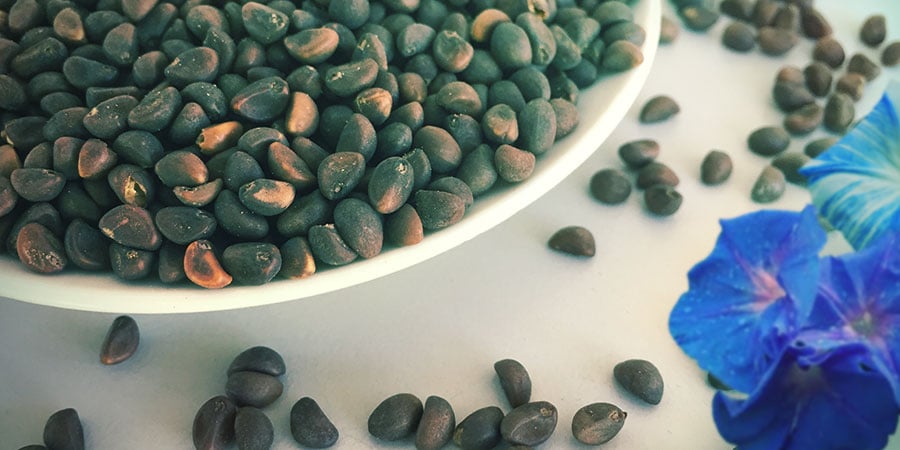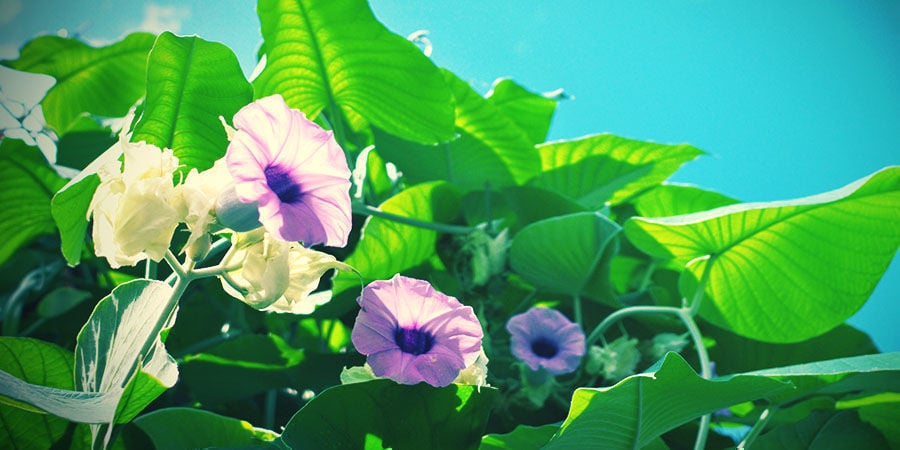How to Extract LSA From Morning Glory Seeds & Hawaiian Baby Woodrose Seeds
Morning glory seeds and Hawaiian baby woodrose seeds are potent natural sources of the psychoactive substance LSA. Here is how to extract LSA from the seeds of the plants.
Various psychedelic compounds are found in nature: within plants, fungi, and animal sources. Many psychonauts have heard of the titans of DMT, LSD, psilocybin, and mescaline. Besides these extremely powerful and better known mind-altering substances, there are a few that are less known and often overlooked. One such substance is d-lysergic acid amide (LSA), otherwise known as ergine. LSA is a naturally occurring alkaloid that is structurally similar to LSD. LSA causes a comparatively less intense, though by no means weak, psychedelic experience.
There are multiple sources of LSA in nature, occurring within both morning glory seeds and Hawaiian baby woodrose seeds. Let’s get to know these two sources in more detail.
MORNING GLORY SEEDS
Morning glory, known by the scientific name ipomoea tricolor, is a flowering species belonging to the Convolvulaceae family. The plant is an herbaceous annual liana, native to the New World tropics, growing between 2–4m in height. The leaves are spirally arranged and flowers display vibrant, beautiful shades of blue and purple that surround a white and yellow centre. Although highly aesthetic in appearance, this species of plant is used by humans for more than ornamental purposes.
Morning glory contains psychedelic properties that attract ethnobotanists and psychonauts alike. Its use isn’t limited to the modern day. In fact, for centuries, parts of the plant have been employed by several Mexican Native American cultures as an entheogen. Author and ethnomycologist Robert Gordon Wasson argued that the seeds of morning glory were also used by the Aztecs.
The seeds, vines, flowers and leaves of morning glory contain ergoline alkaloids, specifically ergine. Lysergic acid hydroxyethylamide and ergonovine are additional alkaloids present within morning glory and are considered to contribute to its psychedelic properties.
HAWAIIAN BABY WOODROSE SEEDS
Morning glory isn’t alone in its rare psychoactive traits. Another plant by the name of Hawaiian baby woodrose, or argyreia nervosa, also contains ergoline alkaloids, including the psychedelic ergine. Hawaiian baby woodrose is a perennial climbing vine of the Argyreia genus. The plant species is native to the Indian subcontinent. The species has also been introduced to many other regions of the world including Hawaii, Africa, and the Caribbean.
Hawaiian baby woodrose seeds contain other alkaloids that are considered to contribute towards its psychoactive effects. These include ergometrine, lysergol, and lysergic acid. Ergine quantities within Hawaiian baby woodrose seeds are approximately 0.325% of dry weight.
HOW TO EXTRACT LSA: ALCOHOL EXTRACTION
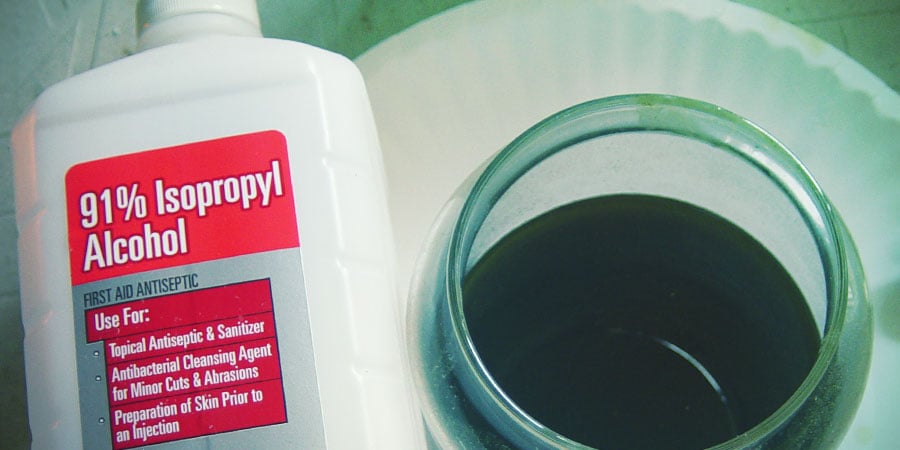
In order to successfully complete the extraction process, you will need to obtain a few tools and pieces of equipment.
You will need:
- 4g of untreated morning glory seeds or Hawaiian baby woodrose seeds
- 91 percent isopropyl rubbing alcohol
- water
- a filter
- a grinder
- Pyrex dish
- electric heater
- funnel
- containers
- a good knife
To begin with, give your seeds a good wash to rid them of any undesirable contaminants, then let them dry off. Be sure to source non-treated seeds, as some products are grown using toxic agricultural chemicals. Next, use your grinder of choice or mortar and pestle (if you prefer to keep your methodology old-school) to process the seeds into a fine powder.
Pour 400ml of water over the seeds, give the mixture a shake, then let it sit for a few minutes. Next, pour the liquid through your selected filter and into a larger container. Repeat this step three more times until you have poured a total of 1.2 litres of infused water into the larger containers. This process reportedly separates the desirable constituents of the seeds away from substances that are responsible for sensations of nausea and other adverse side effects.
Next, rig up your Pyrex dish in a position so that the warmth from your heater blows over it. Add the solution to the dish.
The water will slowly evaporate from the solution and will eventually leave behind a substance with the appearance of black tar. This process is long, arduous and is reported to take around a week in length, using the heater for a total of 8 hours each day. Although this seems extreme, the process is executed in this manner to avoid using higher temperatures that may degrade the desired constituents.
PROCESSING THE TAR
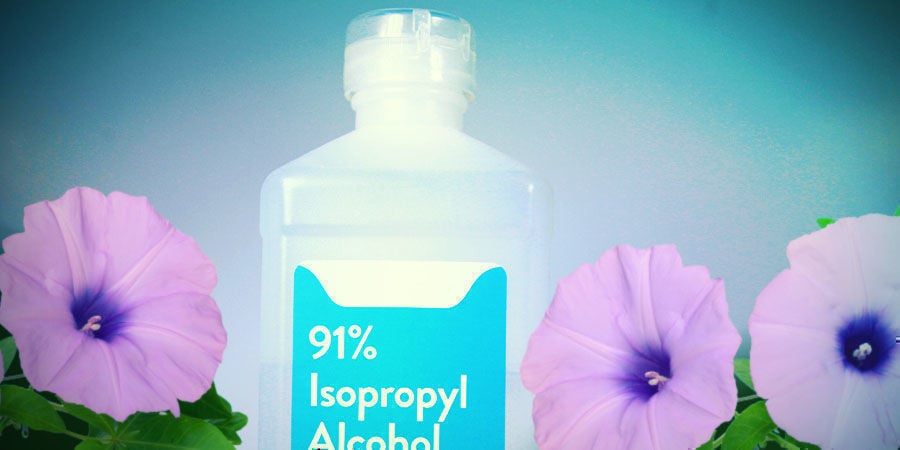
Now use your knife to scrape out the remaining tar and place it into another container. Clean the previous container with some kind of solvent to remove the stains and then wash thoroughly for use in the following steps.
Add 200ml of isopropyl alcohol to the tar and shake the container. Strain the liquid back into the Pyrex dish and place in front of the heater. You can keep repeating this process until you think the alcohol has extracted as many constituents as possible. A word of caution here, be especially careful when using isopropyl alcohol around heat. It is extremely flammable. Exercise caution and common sense and make sure you ventilate the room you are working in.
Once the alcohol has evaporated, you will be left with a yellow goo. Dissolve this substance in water and keep it in the fridge. This can then be consumed.
HOW TO EXTRACT LSA: COLD WATER EXTRACTION
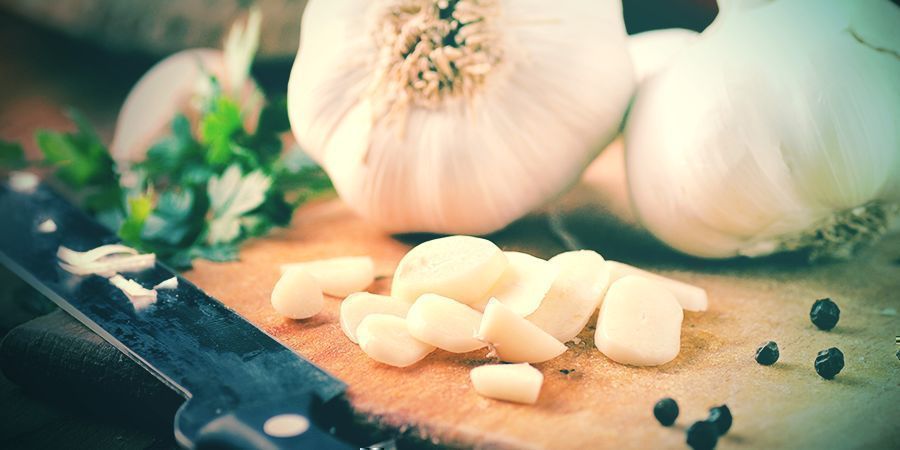
The cold water extraction method is slightly more simple and without the danger of using flammable materials.
For this process you will need:
- untreated morning glory seeds or Hawaiian baby woodrose seeds
- a clove of garlic
- any type of fruit juice
- a glass of boiled tap water or distilled water (no need to boil prior to use)
To begin, let your water cool if you chose to use tap water. Then take your seeds and grind them with a pestle and mortar, or in a grinder. If you are using morning glory seeds, use between 50–250 seeds, and only 4–8 seeds if using Hawaiian baby woodrose seeds. This recipe will result in a light- to medium-strength extract. Crush your chosen seeds into a powder and place the processed material into the glass of water.
Next, place the mixture into the fridge for a period of 4 hours and cover it with foil to avoid light exposure when taking it out of the fridge later on. Whilst you’re waiting, chop up the garlic clove. This will be added to the mixture for a period of 30 minutes, after it’s out of the fridge. The addition of garlic is reported to help break down molecules associated with nausea caused when taking LSA seed extractions.
Take a small amount of the juice of your choice and add it to a large glass, then add the mixture and stir. This juice will help to ease the slightly undesirable taste of the extraction.
The next step is to pour the mixture through a sieve to remove any plant matter. Then strain the mixture through a cheesecloth to ensure complete removal of unwanted plant matter.
All done! The extract is now ready to consume.
-
 4 min
2 June 2025
9 (legal) drugs that will induce a psychedelic trip
Interested in discovering which legal substances offer psychedelic-like effects? These 9 options might surprise you with their mind-altering potential—but be warned: not all are safe, and some are...
4 min
2 June 2025
9 (legal) drugs that will induce a psychedelic trip
Interested in discovering which legal substances offer psychedelic-like effects? These 9 options might surprise you with their mind-altering potential—but be warned: not all are safe, and some are...
-
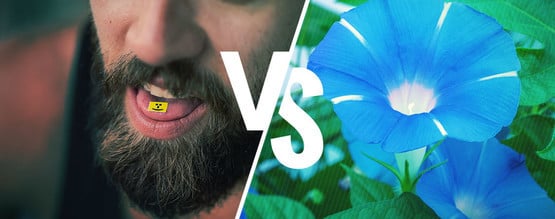 2 min
2 August 2019
LSD vs. LSA - The Difference
LSD and LSA don‘t just sound similar, they are indeed chemical brothers. LSA is the natural counterpart to synthesised LSD, so much that Albert Hofmann, the father of LSD, was astounded by their...
2 min
2 August 2019
LSD vs. LSA - The Difference
LSD and LSA don‘t just sound similar, they are indeed chemical brothers. LSA is the natural counterpart to synthesised LSD, so much that Albert Hofmann, the father of LSD, was astounded by their...
-
 3 min
4 June 2019
Morning Glory Vs. Hawaiian Baby Woodrose: What’s The...
The psychedelic effects from Morning Glory or Hawaiian Baby Woodrose are often compared to LSD, although not as intense. Let’s take a look at what the differences actually are between Morning Glory...
3 min
4 June 2019
Morning Glory Vs. Hawaiian Baby Woodrose: What’s The...
The psychedelic effects from Morning Glory or Hawaiian Baby Woodrose are often compared to LSD, although not as intense. Let’s take a look at what the differences actually are between Morning Glory...
-
 1 min
26 July 2018
Meet Hawaiian Baby Woodrose: A Natural Psychedelic
LSA is an increasingly popular hallucinogen, and Hawaiian Baby Woodrose seeds are one of the best legal ways to get it. So what exactly are they?
1 min
26 July 2018
Meet Hawaiian Baby Woodrose: A Natural Psychedelic
LSA is an increasingly popular hallucinogen, and Hawaiian Baby Woodrose seeds are one of the best legal ways to get it. So what exactly are they?









 United States
United States


